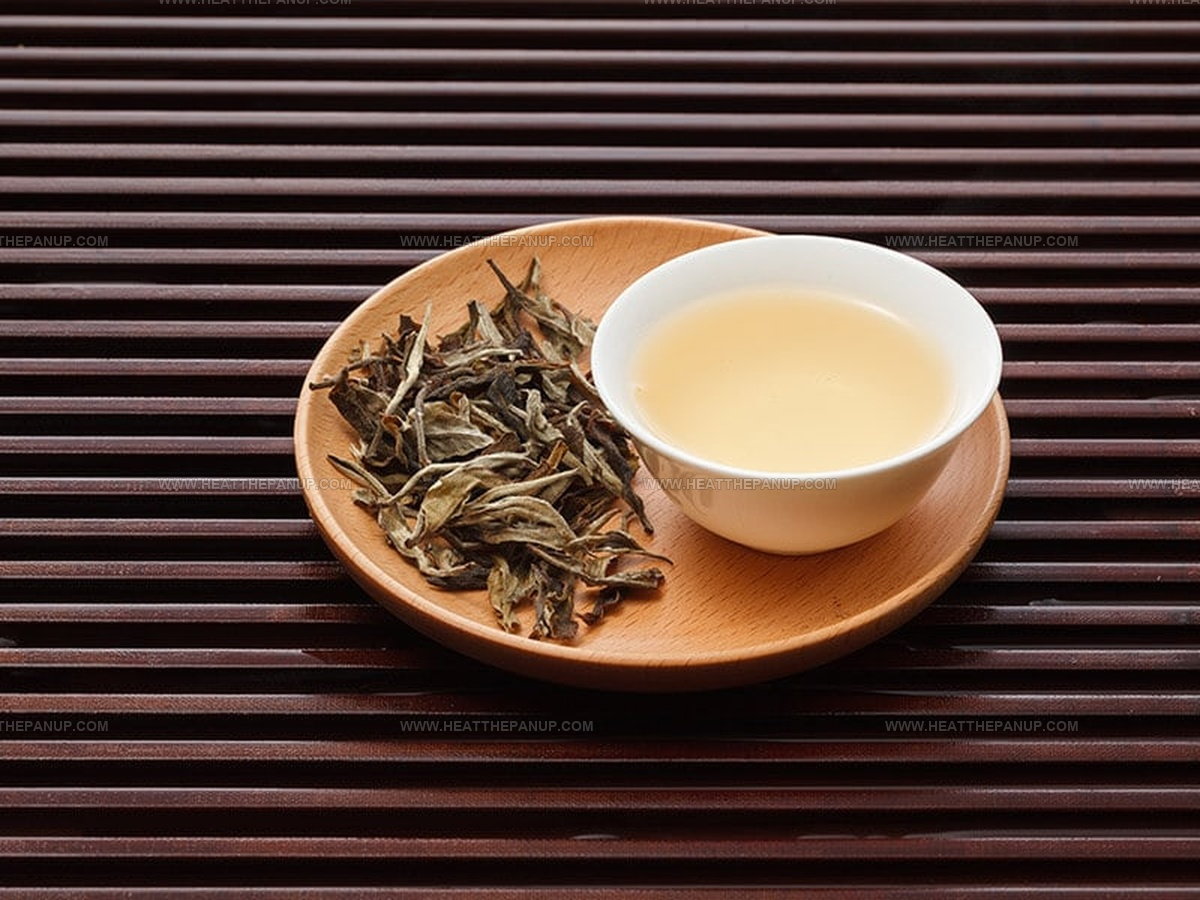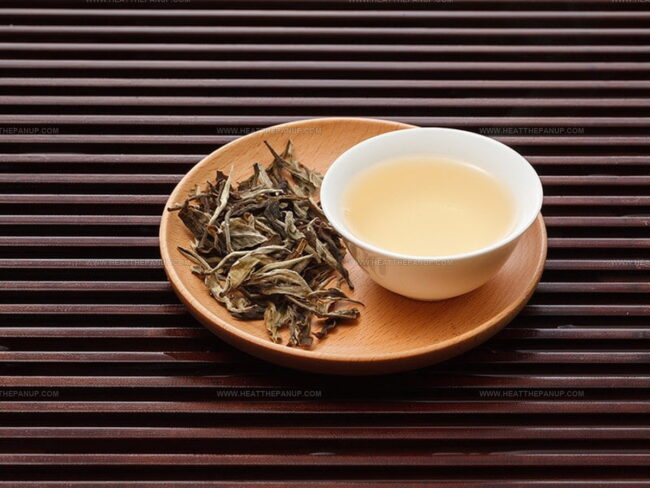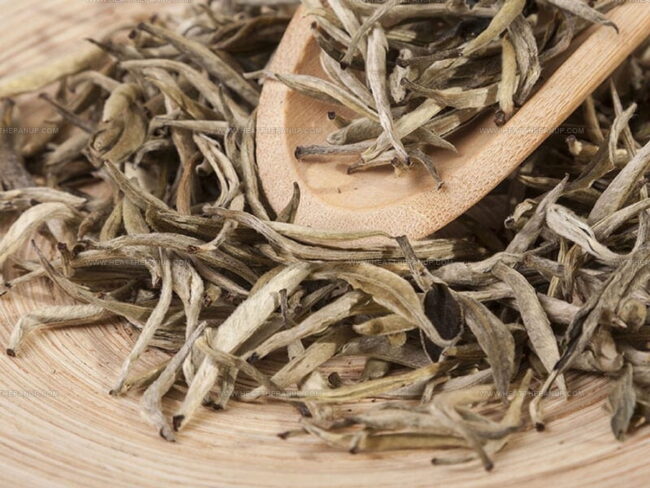What Does White Tea Taste Like? A Journey Into Delicate Flavors
White tea, a delicate and nuanced beverage, offers a unique sensory experience that surprises many tea enthusiasts.
Originating from the youngest, most tender tea leaves, this elegant drink stands apart from its bolder counterparts.
Connoisseurs often describe white tea as a refined and subtle brew that challenges traditional expectations.
Its flavor profile remains complex and intriguing, promising a journey of taste that goes beyond ordinary expectations.
Health-conscious individuals appreciate white tea for more than just its delightful characteristics.
Numerous cultures have embraced this remarkable drink for centuries, valuing its potential wellness benefits and sophisticated preparation.
Understanding white tea's intricate nature requires an open mind and a willingness to savor each carefully brewed sip.
What Exactly Is White Tea?
White tea offers a gentle, tasty drink that wakes up your senses with soft and delicate notes.
People might not know about it as much as green or black tea, but it still brings amazing flavor and good health perks.
Tea makers pull leaves from Camellia sinensis, which most people call the tea plant.
White tea joins other kinds like green, oolong, Puerh, and black tea as a pure drink.
Makers create this tea with almost no processing, making it one of the most natural options you can find.
Minimal work means white tea carries light floral sweetness and deep flavor that feels special in each sip.
Taste of White Tea
White tea offers a gentle, smooth taste often described as fresh and fruity, with hints of cucumber or melon.
Some white teas like Shou Mei have deeper flavors with nutty and earthy notes and a sweet honey-like taste.
Unlike other real teas, this drink feels lighter and more delicate.
White tea brings a subtle sweetness that newcomers can easily enjoy while still providing enough complexity for serious tea drinkers.
White tea tastes milder than black tea and lacks the strong bitterness typical of black tea.
Possible flavor notes include melon, ginger, and flower-like tastes.
Tea types vary widely based on where and how plants grow, so picking a good match for your taste matters.
Understanding different white tea options helps you find your perfect brew.
Health Benefits of White Tea
White tea offers several health perks backed by scientific studies.
Compared to green tea, white tea packs more antioxidants, which help support overall wellness.
Research shows promising signs in lung cancer research and potential protection for human skin against sun damage. Its antioxidant makeup might make it more effective against cancer than other tea types.
Scientists find this blend particularly interesting.
Its high levels of l-theanine work as a natural blood pressure reducer.
Studies suggest tea catechins in white tea might prevent diet-related weight gain. Researchers believe this happens through increased whole-body metabolism activation.
Types of White Tea
White tea comes in several distinct styles.
Let’s explore the different types you might encounter.
Needle of Silver (Bai Hao Yin Zhe
Silver Needle white tea stands as premium tea from China's Fujian region.
Workers carefully select delicate spring buds, needing around 10,000 buds to make just 2.2 pounds of this special drink.
Skilled hands pick each bud with gentle care, spreading them under warm sunshine.
Additional low heat drying completes the process when sunlight alone cannot fully dry the leaves.
Tea makers named this tea Silver Needle because of its unique silver-white color and slender shape that looks like a sharp needle point.
Peony White (Bai Mu Dan)
White Peony carries a reputation as a less premium tea compared to Silver Needle. Crafted in Fujian province during 1922, this tea offers more budget-friendly sipping.
Selling at about one-fourth the cost of Silver Needle, White Peony brings charm to tea lovers. Makers select a silvery bud with one or two nearby leaves for brewing.
Tea workers choose from three processing methods:
After selecting the method, workers complete another key step: drying. Unlike Silver Needle, this drying process takes longer and happens at higher heat levels.
Each technique helps build White Peony's unique flavor profile, making it an interesting choice for tea enthusiasts seeking quality without high prices.
Eyebrows with a Long Life (Shou Mei)
Long Life Eyebrow tea mixes younger and older leaves remaining after collecting white teas like Silver Needles and White Peonies.
No buds enter this mix, and workers process it exactly like White Peony tea.
Eyebrow Tribute (Gong Mei)
Shou Mei white tea shares its name with Gong Mei, highlighting unique leaf characteristics and curved shape.
China recognizes this white tea variety as a special grade within its white tea collection.
White Darjeeling
Darjeeling white tea comes from India's Darjeeling region, standing out in a market mostly controlled by Chinese producers.
Unlike traditional Silver Needle white tea, this version carries a deeper earthy taste and includes more caffeine.
Shops often mix white tea with light fruit notes, creating blends like pomegranate white tea, white hibiscus tea, and peach white tea.
Does White Tea Have Caffeine?
White tea varieties come with varying caffeine amounts.
Some kinds pack more punch, while others stay mellow.
Factors like tea processing play a big role.
How makers handle tea leaves and how long they let them sit affects caffeine levels in each cup.
Black tea typically contains less caffeine compared to white tea.
When you look at caffeine rankings, fresh tea leaves top the chart, followed by green tea, then black tea.
Green tea sits in the middle, with black tea and oolong tea falling lower on the scale.
White Tea vs. Black Tea
White tea carries a mild and fresh flavor.
Compared to black tea, it lacks bitterness.
Its taste runs smooth and refreshing without feeling harsh.
White tea shares similarities with black tea, but shows a more gentle taste.
Makers often blend it with other tea types.
White tea works well as a different option from black tea.
Color remains the main difference between these two.
Generally, white tea brings a sweeter profile compared to black tea.
Flavor notes can range from lemony to melon-like.
Despite its name, white tea doesn't carry strong bitter qualities like black or green teas.
Many people enjoy it during breakfast hours.
Its light taste comes with low calories.
Tea plants for white tea match those used in green or black tea production.
Processing makes white tea unique, creating a delicate flavor.
Workers pick young leaves using careful methods.
Leaves go through air-drying, which gives them their signature pale look.
People sometimes mix up white tea with herbal or green tea because of its subtle taste.
How to Store White Tea
White tea comes in different styles such as loose leaves, small packets, and ready-to-drink cold bottles.
People can select single-source tea or blended options.
Loose leaf versions typically offer superior taste.
Store white tea in sealed containers that block light and sit in cool, dry spaces.
Well-kept tea leaves can stay good for one or two years without losing quality.
Mixtures with extra tastes like lemon or vanilla work best when used within six months.
Past that point, tea won't spoil but might taste less fresh and have weaker flavor notes.




James Hambly
Founder & Recipe Creator
Expertise
Recipe Development, Culinary Education, Farm-to-Table Cooking, Southern Cuisine
Education
Asheville-Buncombe Technical Community College
Certificate in Culinary Arts
Focus: Hands-on training in professional cooking techniques, emphasizing farm-to-table practices and Southern cuisine.
The Chef’s Academy
Associate Degree in Culinary Arts
Focus: Comprehensive culinary education covering global cuisines, kitchen management, and food safety.
James grew up surrounded by the smells of cast-iron skillets and slow-cooked Southern meals in Asheville, North Carolina.
He sharpened his skills with a Certificate in Culinary Arts from Asheville-Buncombe Technical Community College, and later leveled up with an Associate Degree from The Chef’s Academy.
James’s philosophy is simple: the best meals don’t need fancy tricks, just fresh ingredients, a hot pan, and a little bit of heart. His favorite days are spent testing one-pan wonders, chasing bold flavors, and creating recipes that feel easy, even on a busy night.